For 3,000 years or more before Columbus turned up in 1492, the islands of the eastern Caribbean had been occupied by successive waves of people from South and Central America.
In the Greater Antilles (the islands that are now home to Haiti, the Dominican Republic, and Puerto Rico), the Spanish encountered people now commonly referred to as the Taino.
In the Lesser Antilles (roughly the Virgin Islands down to Trinidad), they met Arawakan-speaking people known as Kalinago, or Island Caribs. Incrementally, the indigenous people of the islands were slaughtered, enslaved, or wiped out by viruses against which they had no immunity. Eventually, only the Kalinago of Dominica survived in any significant numbers.
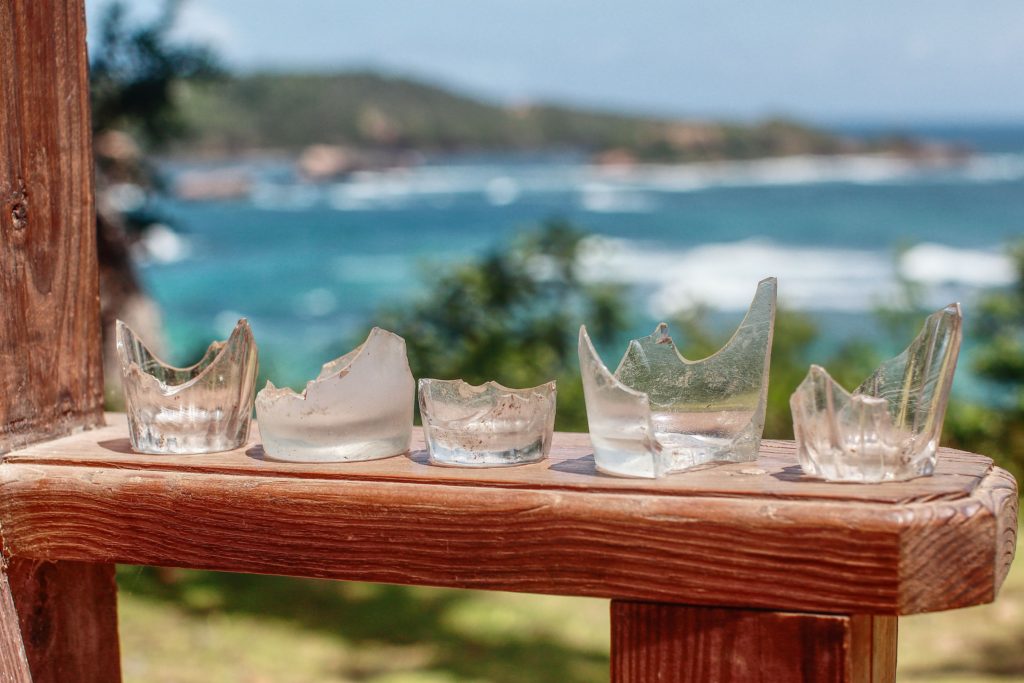
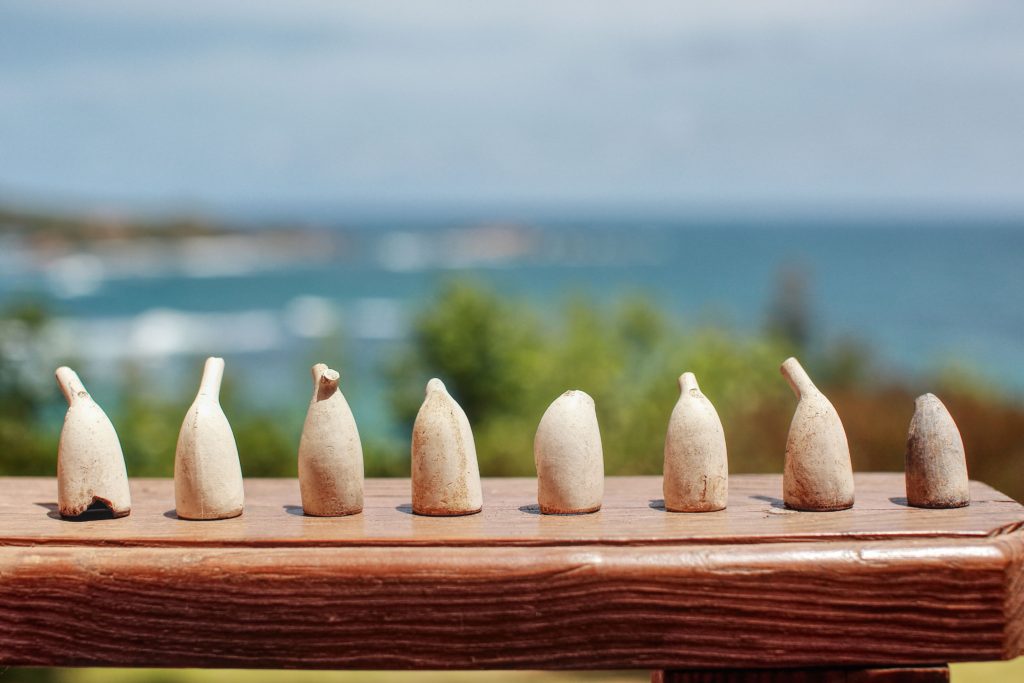
Dominica’s rugged topography of mountains and dense rainforest provided impenetrable natural defences for the Kalinago and, while the Europeans colonised its island neighbours, Dominica was largely left alone. With ever diminishing foraging grounds, the Kalinago traded with European vessels, and there are records of Sir Francis Drake provisioning his ships with fresh water and food that was brought to them by indigenous people in dug-out canoes, in what is now Prince Rupert Bay.
For the Kalinago, survival was paramount, and they formed alliances with whoever best served their interests – but they steadfastly resisted any attempts at permanent settlement by Europeans. The first records of the eventual and inevitable permanent European occupation of Dominica tell of French timber merchants who arrived from the island of Martinique and created small coastal lumber camps in the early to mid-1700s.
The modern day
Mark Hauser is Associate Professor of Anthropology at Northwestern University in Chicago. He has been visiting Dominica for many years, leading archaeological field work at several sites around the island. In the wake of Hurricane Maria, in 2017, coastal erosion had uncovered a mixture of Kalinago and European pottery artefacts on Woodford Hill Beach in the northeast of Dominica. Mark brought a team of experts to investigate. What they found was completely unexpected.
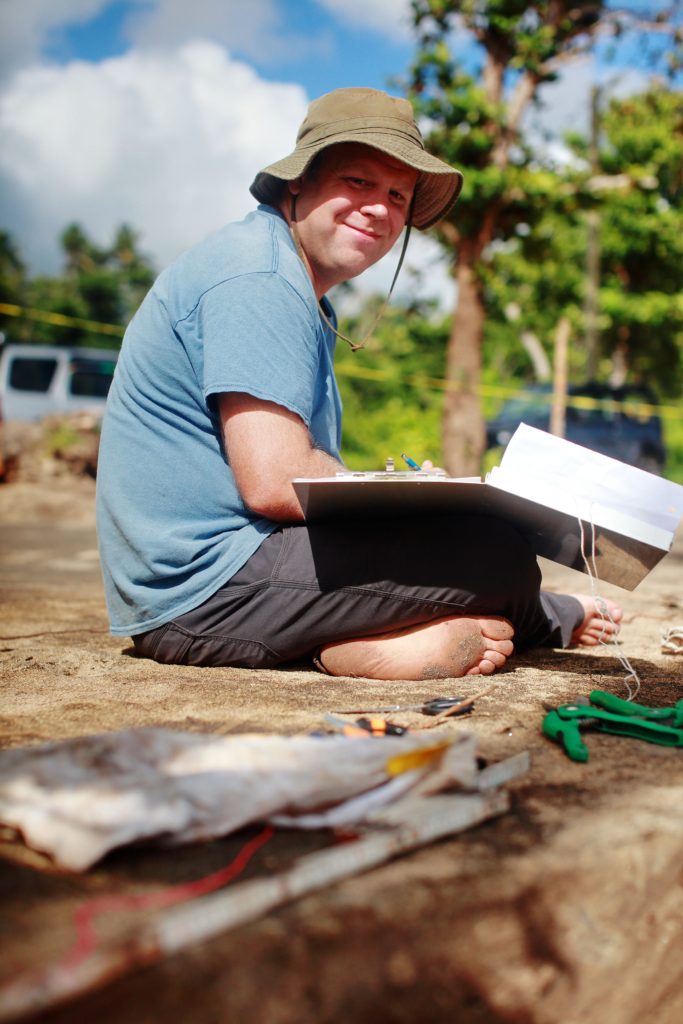
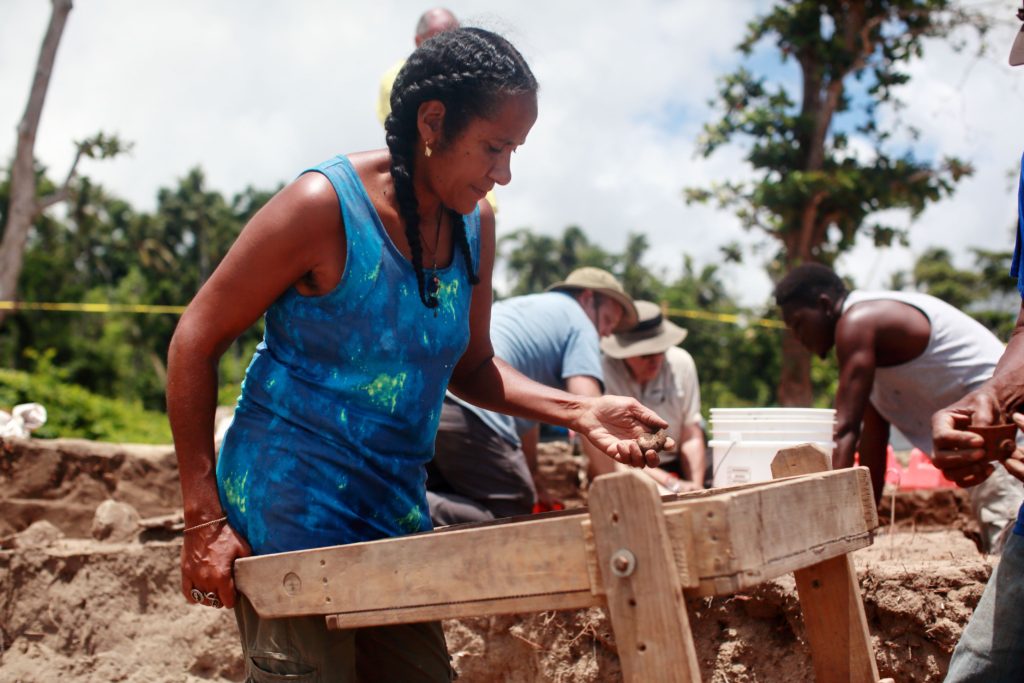
Hidden beneath a small section of the beach were the remains of a building and, scattered all around, a dizzying assortment and volume of what archaeologists refer to as ‘material culture’ – basically, the rubbish that humans leave behind. This material culture consisted of pottery, glass, ironware, clay pipes, beads, and more.
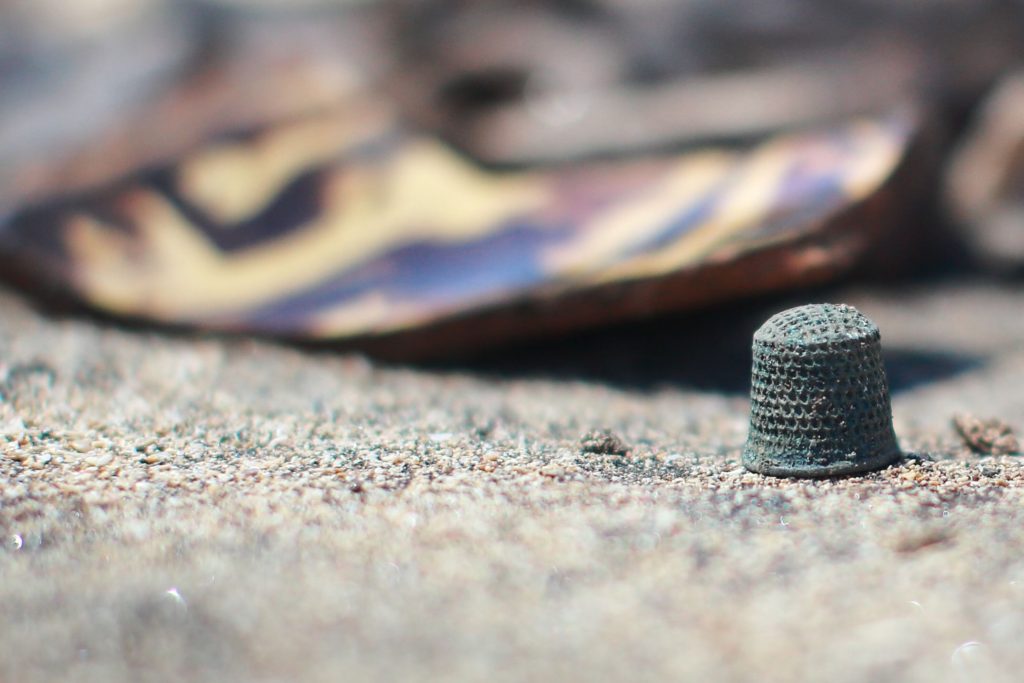
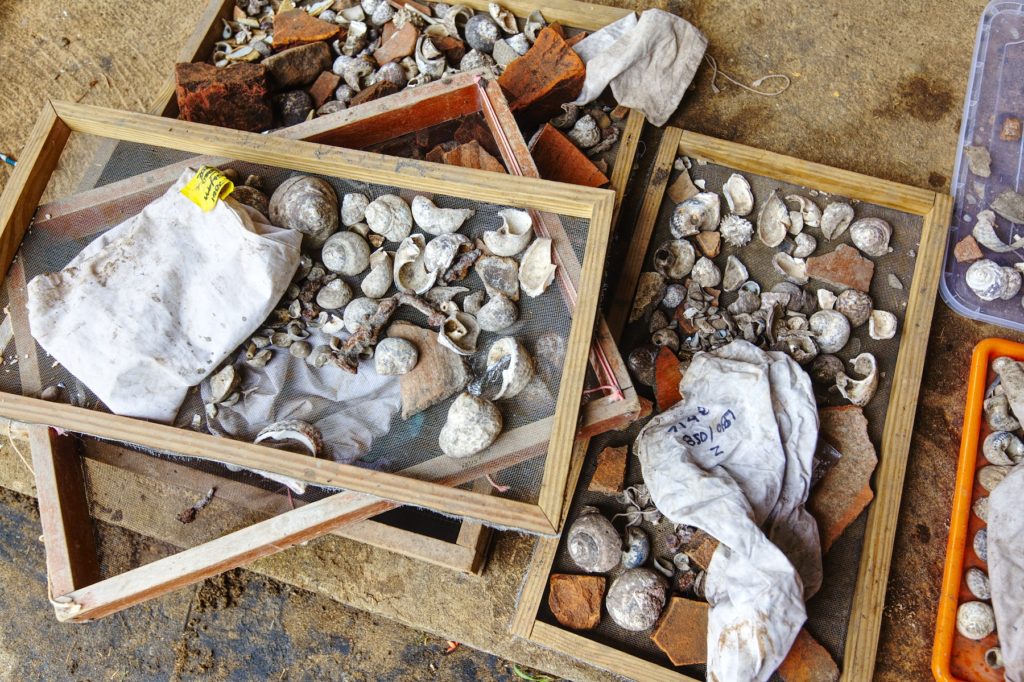
The pottery artefacts were a mixture of Amerindian, Dutch and French. The earliest European artefacts were Dutch Delftware that were dated to around the 1600s. Carbon dating of charcoal from an excavated fire pit confirmed the earliest habitation of this site was around that date.
Further excavations and examination of artefacts helped to paint a picture of an outpost where Europeans had traded with the indigenous people – probably tobacco and cotton in exchange for beads and tools. This outpost pre-dated the French timber camps by over one hundred years.
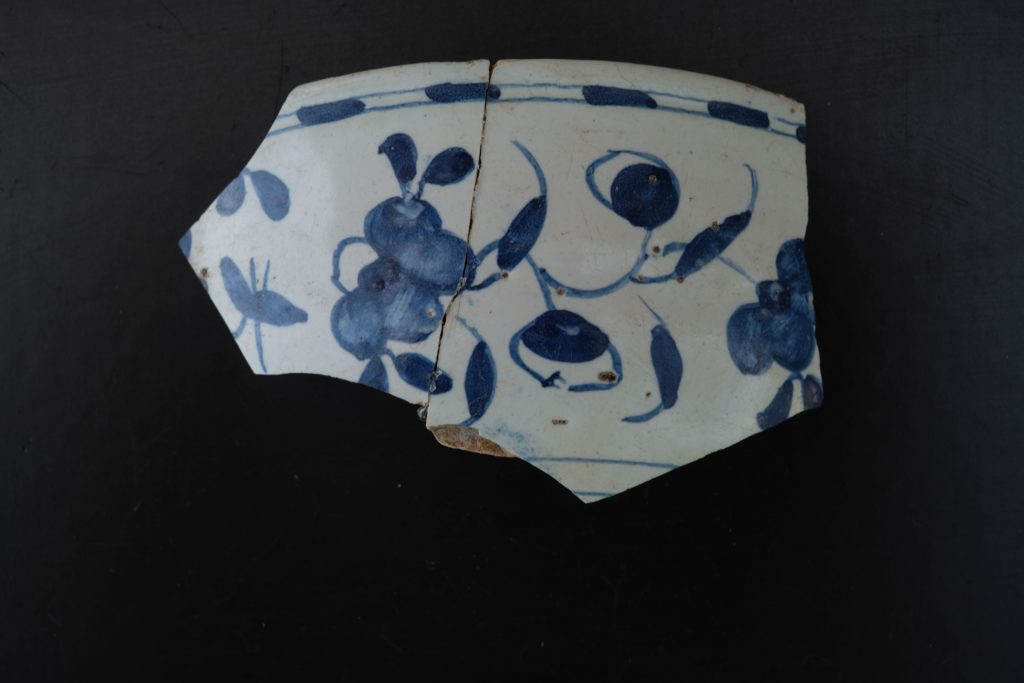
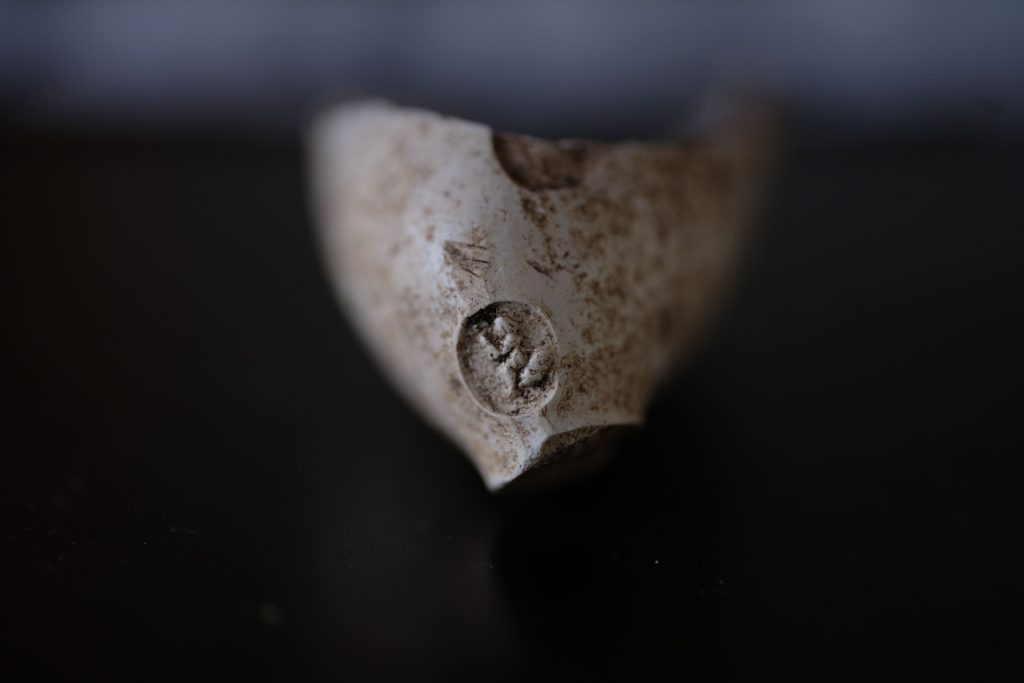
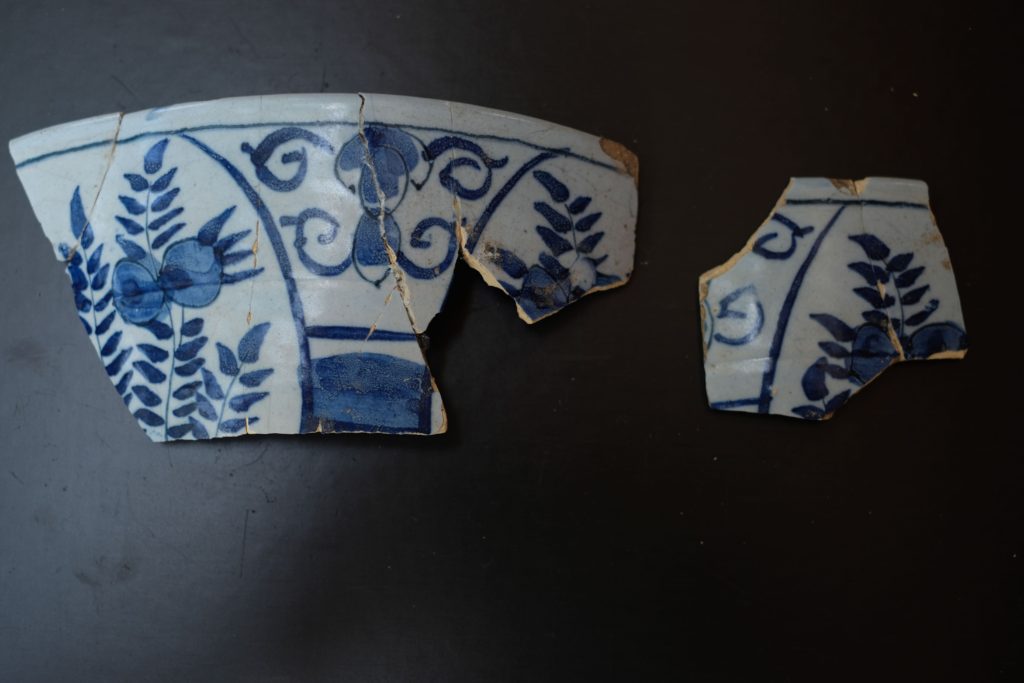
The fact that no records of this outpost exist makes it all the more intriguing. During the 1600s, the Caribbean region was a hotbed of activity. The British, French, and Dutch had arrived in the islands after the Spanish and were all trying to establish new territories. For their part, the Spanish were shipping vast quantities of treasure through the islands, en route to Spain from their colonies in South and Central America.
Meanwhile, pirates, privateers, and Amerindians were attacking ships and raiding settlements. Mark and his colleagues have speculated that the beach and bay were an ideal location for ships to anchor after a trans-Atlantic crossing, as well as for trade – either officially or illicitly – with the Kalinago people.
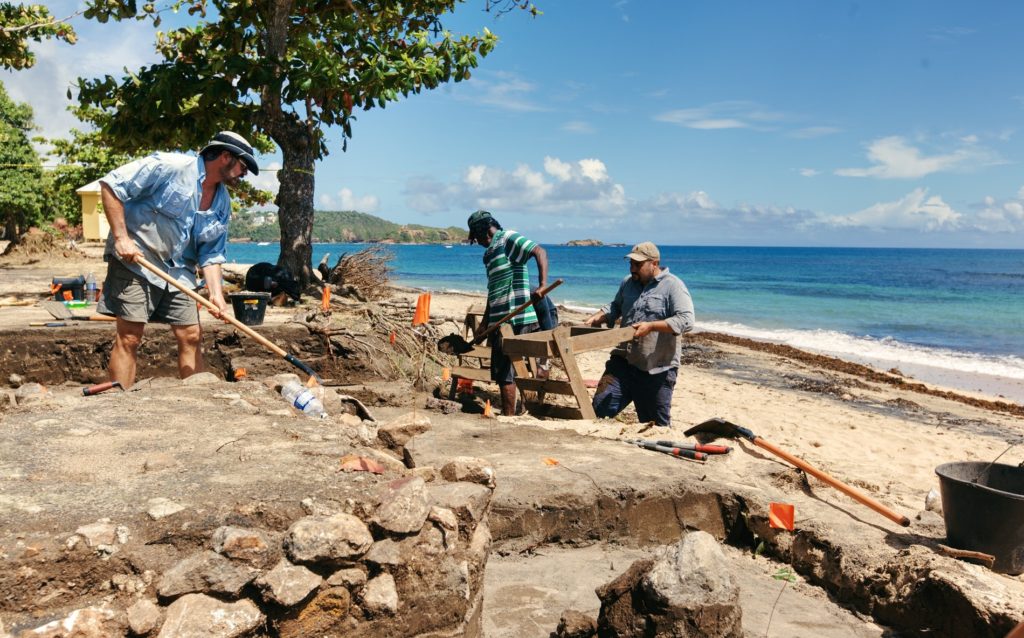
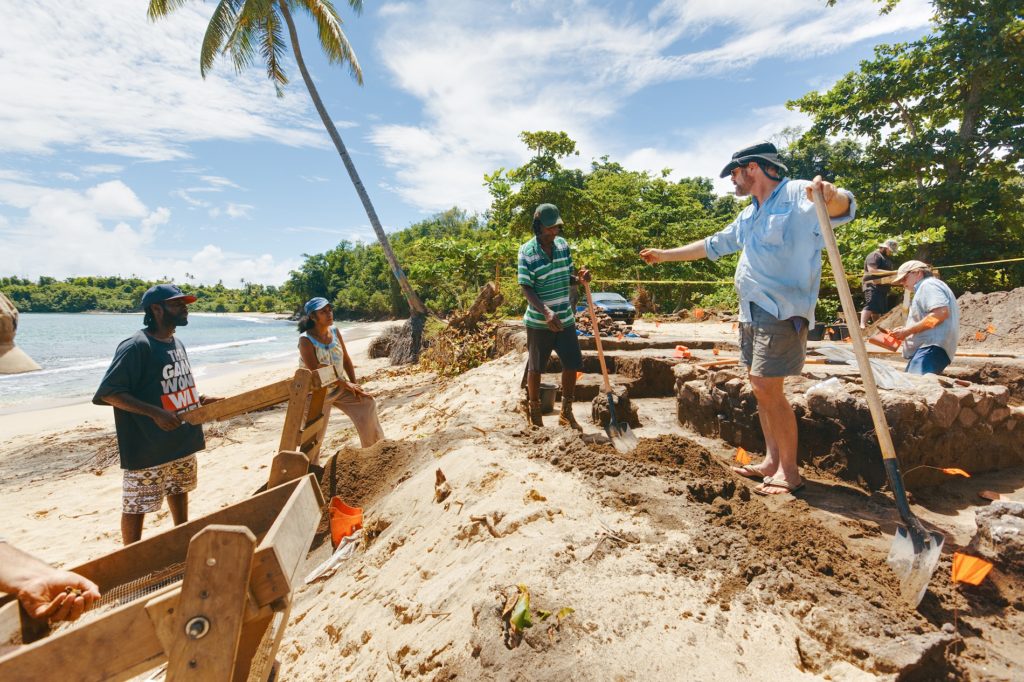
It would also have been a good place from which to launch attacks on the Spanish treasure ships that were passing through the channel between Dominica and Guadeloupe.
The unexplained abandonment of a settlement called La Soye
The settlement, marked on a 1760s map of Dominica as ‘La Soye’, was abandoned sometime in the late 18th century, as there is no material culture from beyond that period. The reason for this is unknown, though several severe hurricanes were recorded in the region around that time.
Mark believes there were probably sequential European occupations of La Soye, all of whom would have traded with the Kalinago encampments in the vicinity. Using LIDAR (Light Detection and Ranging) technology, he aims to return to La Soye as soon as global conditions allow, so that he can determine the full extent of the outpost and try to understand more of its story.
Dominica’s Kalinago survived and live in a semi-autonomous territory in the east of Dominica. One of their many myths, handed down orally through the generations, tells of a large, hidden cave that is full of Spanish treasure. So far, it hasn’t been found…
More information on La Soye
To read more on La Soye and the rest of the island, check out the Bradt Guide to Dominica.